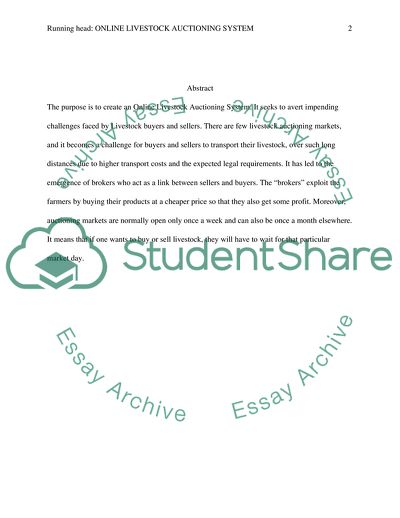Cite this document
(Website Design Report Term Paper Example | Topics and Well Written Essays - 2000 words, n.d.)
Website Design Report Term Paper Example | Topics and Well Written Essays - 2000 words. https://studentshare.org/e-commerce/1849867-website-design-report
Website Design Report Term Paper Example | Topics and Well Written Essays - 2000 words. https://studentshare.org/e-commerce/1849867-website-design-report
(Website Design Report Term Paper Example | Topics and Well Written Essays - 2000 Words)
Website Design Report Term Paper Example | Topics and Well Written Essays - 2000 Words. https://studentshare.org/e-commerce/1849867-website-design-report.
Website Design Report Term Paper Example | Topics and Well Written Essays - 2000 Words. https://studentshare.org/e-commerce/1849867-website-design-report.
“Website Design Report Term Paper Example | Topics and Well Written Essays - 2000 Words”. https://studentshare.org/e-commerce/1849867-website-design-report.


